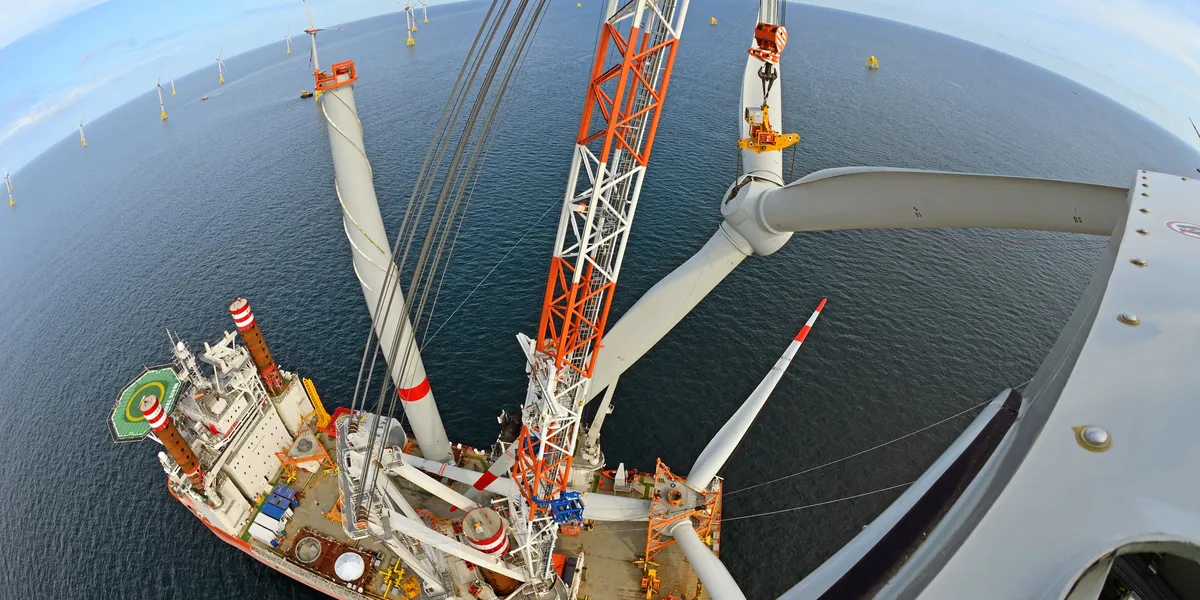Contributed by Brandon Childers, President, IGS Solar
Today’s solar projects require more than just installing panels. From earning customer trust in a complex energy market to managing cost-effective design, procurement and construction, solar EPC companies face diverse risks across the project lifecycle. Coordinating financing, streamlining options and managing ongoing maintenance and customer relationships are all part of the job all while navigating competitive pressures and evolving regulations.
There are a number of critical factors that can have an impact on EPC success and, if navigated appropriately, can provide a clear path forward in today’s market.
1. Build Financing Certainty Amid Fluctuating Costs
Financing certainty is a critical topic in the renewable energy industry. As the financial landscape grows more complex, EPC companies increasingly recognize the need to diversify their financing partners to mitigate risk and ensure long-term project stability.
Many EPCs are now working with a wider range of partners or seeking institutions whose own portfolios are diversified across industries. An EPC company needs confidence that its financial partner is stable, has years of experience and a proven record of navigating market cycles.
But diversification alone isn’t enough. EPCs must evaluate financial stability and reliability. This assessment should examine the finance partner’s track record, financial standing and ability to accommodate flexible payment terms.
Finally, building open communication between financial institutions and project stakeholders is also essential. Transparent discussions about payment schedules, contingencies and potential delays can prevent misunderstandings and promote long-term partnerships. Businesses should establish strong relationships with financiers to build a robust safety net that supports both short-term needs and long-term growth.
2. Understand How Financing Affects Domestic Content Compliance
The way a solar project is financed directly affects who benefits from the domestic content bonus and what kind of documentation or guarantees are required from the EPC.
Domestic content now governs how projects qualify for the 10% Investment Tax Credit (ITC) adder, and EPCs play a key role in qualifying projects and educating developers on structuring deals. This includes advising on how domestic content intersects with financing types like leases and loans.
To qualify for the ITC bonus, projects must meet strict requirements:
- 100% U.S.-made steel and iron for structural components.
- A rising percentage of total manufactured product costs (modules, inverters and trackers) must be U.S.-made – starting at 40% for utility-scale projects and climbing 55% in the future.
Market shifts, from interest rate uncertainty and new, evolving regulations, are reshaping how solar projects are financed. With a lease product, the financer or project owner claims the tax credit and will expect EPCs to certify compliance with domestic content requirements. This requires proof for each component and encourages EPC partners to design toward compliance.
What does this mean for EPCs?
- Procurement changes: Changes may need to made to material sourcing to include certified domestic components, which are not always the cheapest or easiest to find.
- Additional vetting: The current environment demands more rigorous documentation. Developers and financiers will want detailed manufacturer attestations and cost breakdowns.
- Design implications: An EPC’s choice of trackers, inverters and modules may all be affected, potentially requiring longer lead times and different interconnection strategies.
Ultimately, EPCs that can reliably certify and deliver domestic-content-compliant builds will position themselves as preferred partners for developers eager to capture the maximum ITC benefits.
3. Integrate Development and Execution Teams
Seamless integration between development and execution teams has become essential for successful project management. Without it, miscommunication between sales, engineering and construction teams can lead to costly delays, scope changes and inefficiencies.
One of the most effective ways to achieve this alignment is through using automated technologies that streamline processes and reduce manual work. Automating repetitive tasks helps reduce your technology stack, minimize costs and boost operational efficiency. However, implementing these tools requires careful planning. Poorly integrated systems can lead to additional financial and operational burdens.
Automated reporting and project tracking systems also enhance transparency and provide valuable insights into project timelines, enabling project managers to make informed decisions based on real-time data. To fully realize these benefits, companies must invest in employee training so teams understand how to maximize the potential of these systems.
Some partners now offer a customer relationship management (CRM) tool that integrates with an EPC’s workflow to better coordinate sales, operations, maintenance and billing. The goal is to simplify how partners organize their operations so they can focus more on supporting customers and managing leads. Useful features include in-platform scheduling, lead organization and tracking, and project reminders. In a market where complexity is growing, having the right technology ecosystem in place makes it easier than ever to manage solar leases efficiently, reduce errors and maintain project consistency across the entire lifecycle.
4. Use Data-Driven Decisions to Reduce Inefficiencies
Leveraging data to optimize project timelines and reduce inefficiencies is another key strategy for improving performance and profitability in the solar EPC space. By analyzing each stage of a solar project, EPC companies can reveal bottlenecks, understand where delays originate and take action before costs get too high.
For example, tracking the average time for each task helps identify opportunities for streamlined workflows. Integrating a comprehensive CRM system makes this analysis even more effective by enabling project tracking, performance monitoring and accountability management into one platform
With these insights, EPCs can strategically allocate labor, prevent overstaffing or understaffing and ensure that each project phase stays on schedule and on budget. Over time, this creates a cycle of continuous improvement—lessons from past projects feed into more accurate forecasting, sharper resource planning and fewer surprises for stakeholders.
Ultimately, EPCs that embrace data-driven decision-making are better equipped to remain agile, proactive and competitive, even as market conditions and regulatory requirements continue to evolve.
Leading the Way Forward
The challenges facing solar EPC professionals are complex but not insurmountable. Adapting to new financial realities, leveraging automation and tapping into the power of data all help build a stronger foundation for what comes next.
Companies that integrate these strategies not only reduce risk but also build a future-proof foundation for long-term success. By staying agile, connected and purpose-driven, EPCs can streamline operations, maintain project certainty and position themselves as trusted partners to stakeholders, employees and customers.
About the author


Brandon Childers, President of IGS Solar, is passionate about delivering clean, affordable energy solutions for homes and businesses. Committed to innovation and scalable, sustainable technologies, he leads the company’s residential, commercial, and community solar initiatives. He also supports a growing team of knowledgeable, inventive energy experts who are helping drive pragmatic transitions to renewable energy.







